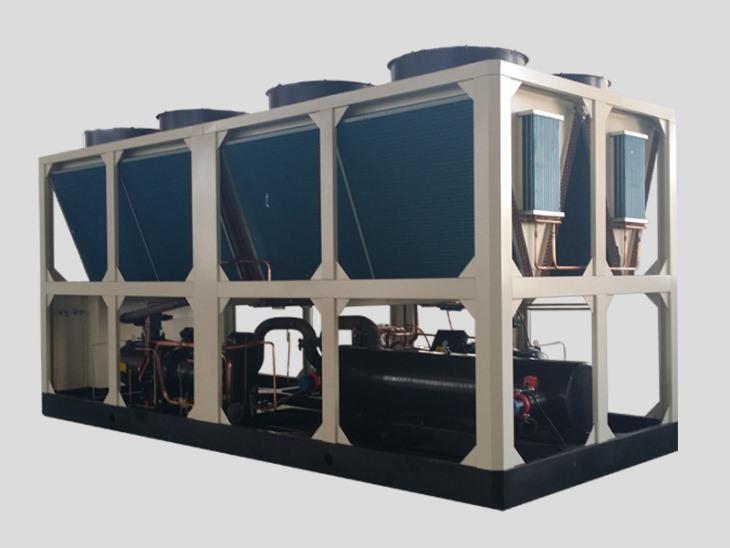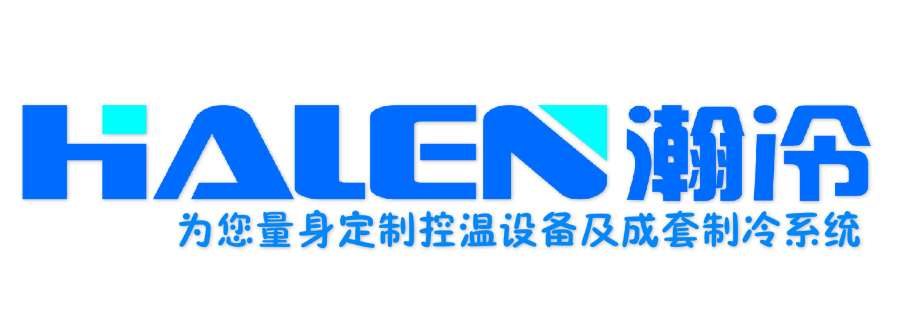
The air cooled heat pump unit is a circulatory system composed of a compressor--heat exchanger--throttle--absorber--the compressor and other devices. Refrigerant circulates in the system under the action of the compressor. It completes the gaseous step-up heating process in the compressor (up to 100 ℃), it enters the heat exchanger and heat exchange with the wind, is cooled and converted into a flow of liquid, when it runs to the receiver, the rapid absorption of liquid evaporation into the gaseous state, at the same time the temperature dropped to 零下20℃-30 ℃, At this point the air around the receiver will continue to transmit low-temperature heat to the refrigerant. The refrigerant circulates continuously to achieve the low temperature heat of the air to heat and heat the cold water process. Feature editors
1. Air-Cooled heat pump units are small and medium-sized units, applicable to 200-10000 square meters of buildings.
2. Air conditioning system cooling and heating source in combination, more suitable for both heating and refrigeration needs of users, the boiler room is omitted.
3. Unit outdoor installation, save the refrigeration room, save the construction investment.
4. Air-cooled heat pump unit of one energy utilization rate of up to 90%, saving energy consumption, greatly reducing the user costs.
5. No cooling towers are required, while cooling pumps and pipelines are eliminated, and investment in additional equipment is reduced.
6. Air cooling system replaces cooling water system and is more suitable for water shortage area. Air-cooled Heat pump unit system analysis, is in the wind heat pump selection process, in addition to comparing their refrigeration capacity, heat, cop value, noise, operating weight, external dimensions and other parameters, but also to their respective compressor type, condenser type and layout, thermal expansion valve configuration, evaporator type, defrost mode, The Energy Regulation mode and the heat pump system's automatic control and safety protection are analyzed and compared their respective advantages and disadvantages in the system configuration.
Previous: Water-cooled Box chiller



